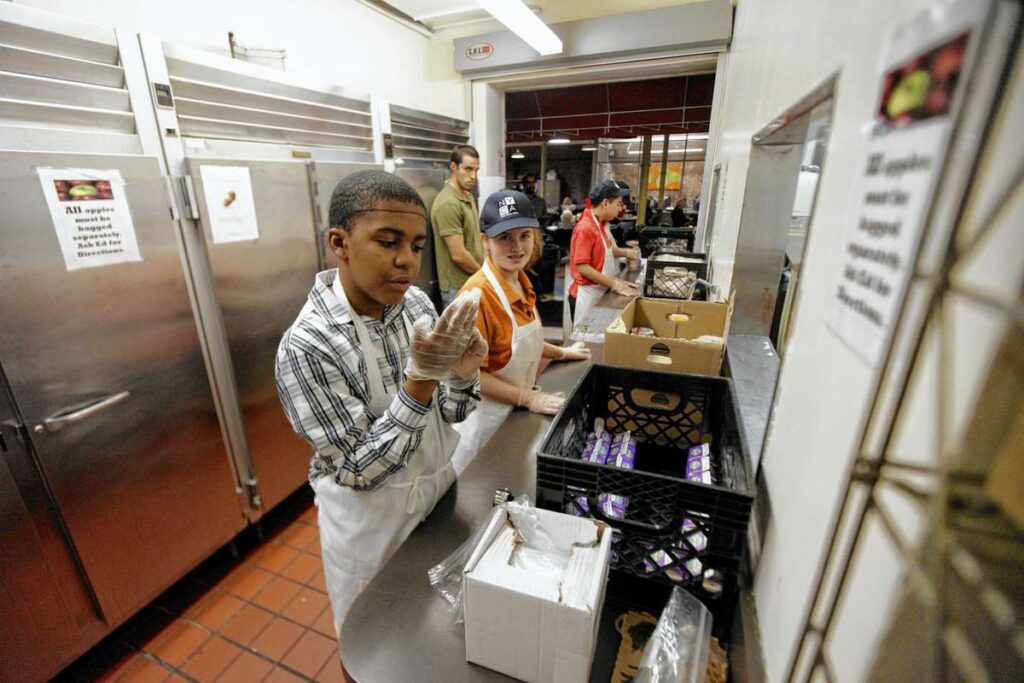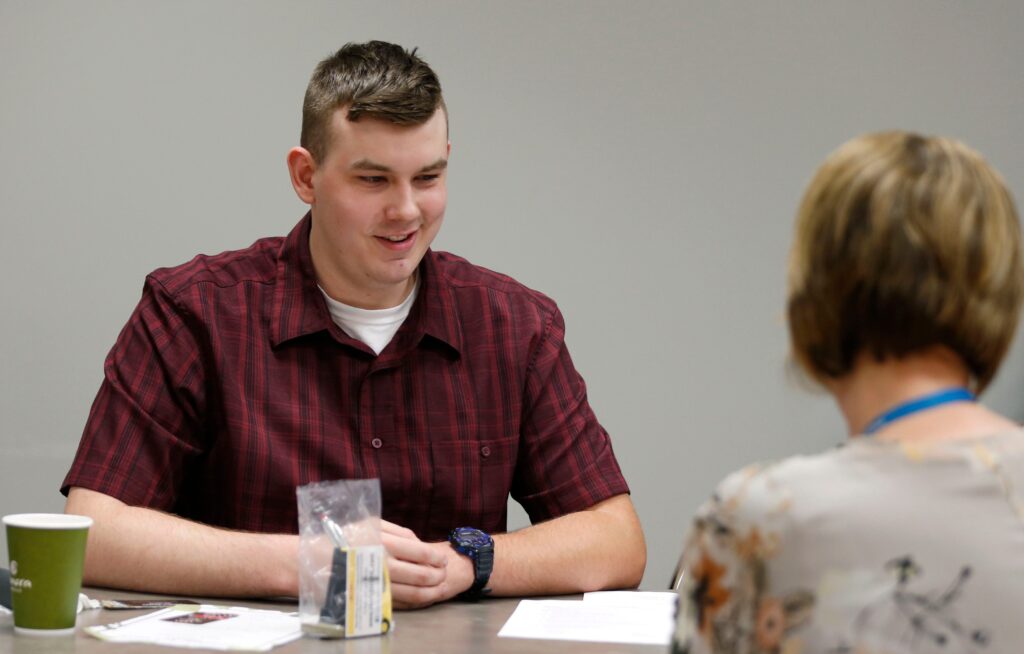Michigan State University researchers team received a $3 million grant from the National Institute of Mental Health to develop a training reality tool for autistic youth to improve social skills while transitioning from high school to the workforce.

This tool called Social Cognitive and Affective Learning for Work is going to teach ASD adults to effectively communicate with colleagues and customers in the workplace.
According to the associate professor of rehabilitation at Michigan State University, Connie Sung, approximately every year 60,000 ASD youth become ready to enter the workplace, but need help developing skills needed for the job.

Social skills called also soft skills for workplace success are essential. For people in the spectrum, these skills do not come always naturally but are something they can develop and learn throughout time.
This tool will help users to practice their soft skills in an interactive way and be ready for employment.
We are integrating into a 3D version and everything will be fictional as a job interview and each level will be different like real life that two convos never are the same.

The first level is about understanding people in the workplace and will include several modules focusing on how to use facial expression, body language, voice tone, context, and how to act in different situations.
In the second level, we focus on Workplace Conversations and will include how to build a rapport with a coworker, and responding to customer needs.
Level three is a virtual workday and will guide all users on how decisions made during work can affect later. For example, constructive feedback from the supervisor may be from poor customer interaction.

What’s exciting about this project is that we work directly with employers, teachers, experts, and the autism community. We are grateful to the Institute of Mental Health for all that has done for this project supporting the transition of youth on the spectrum into the workforce.

Be First to Comment